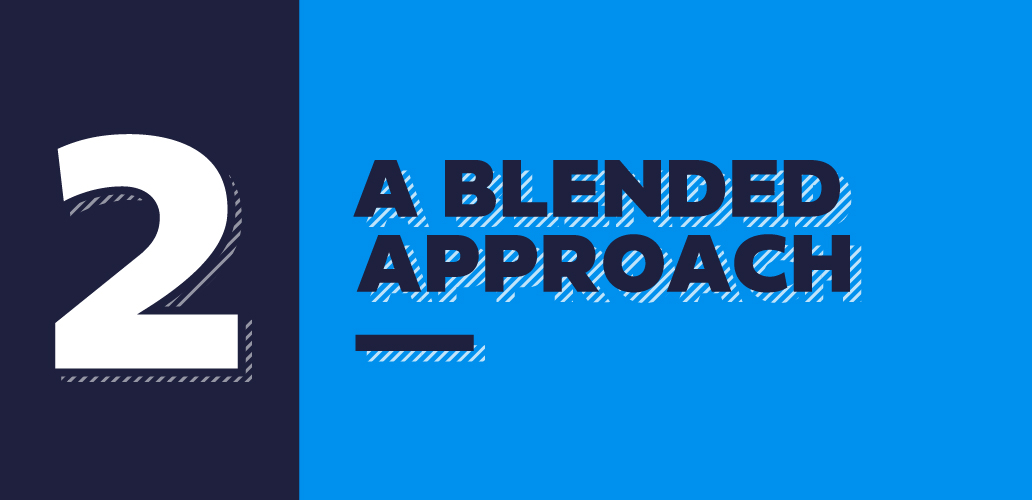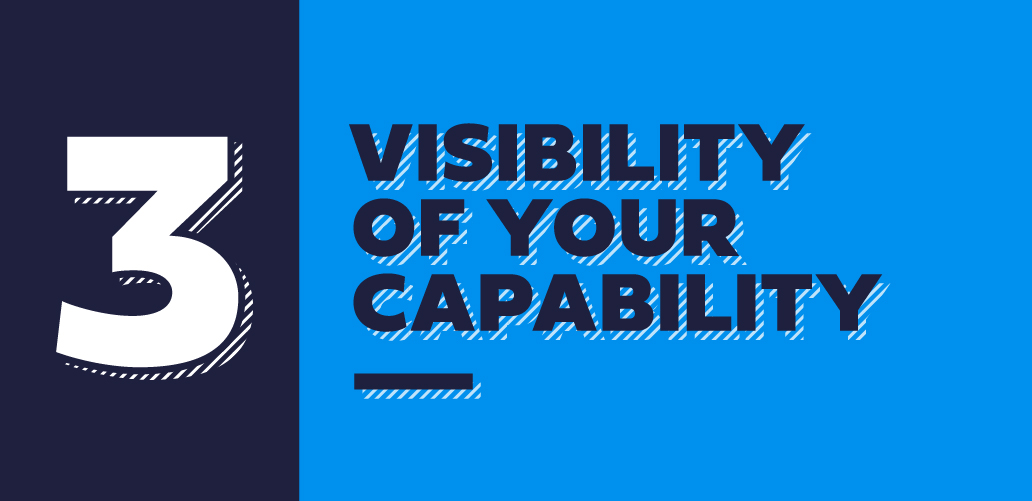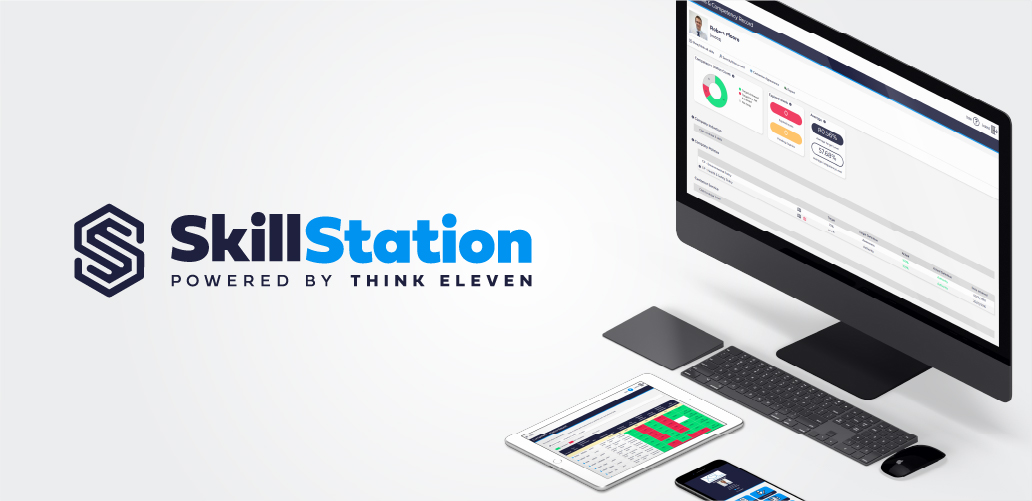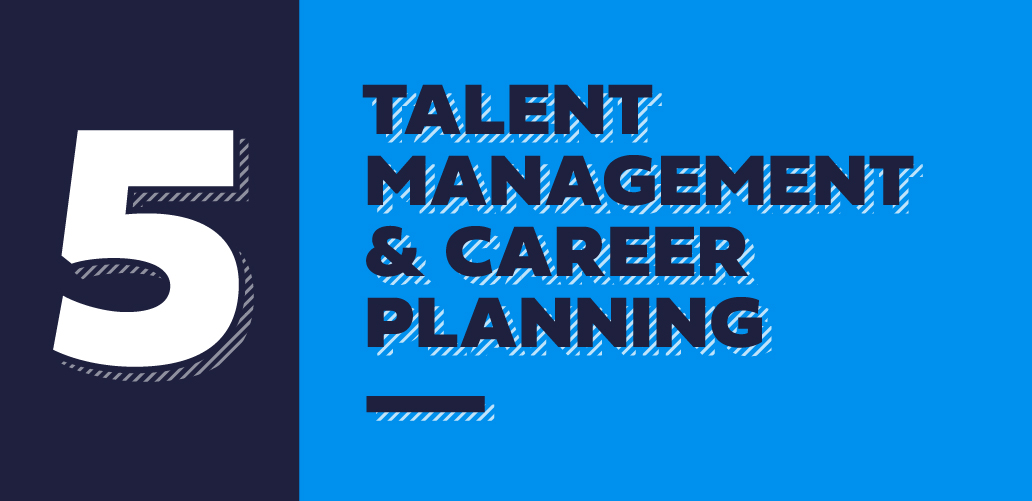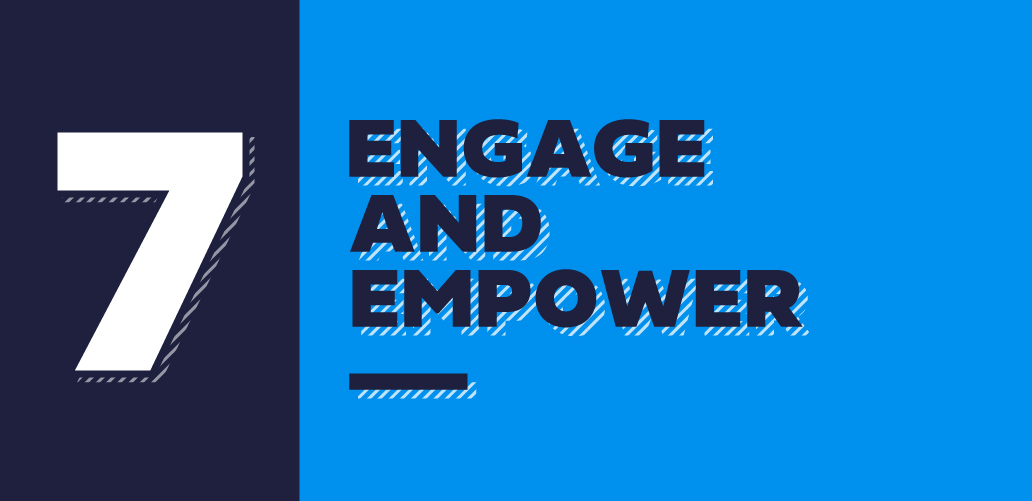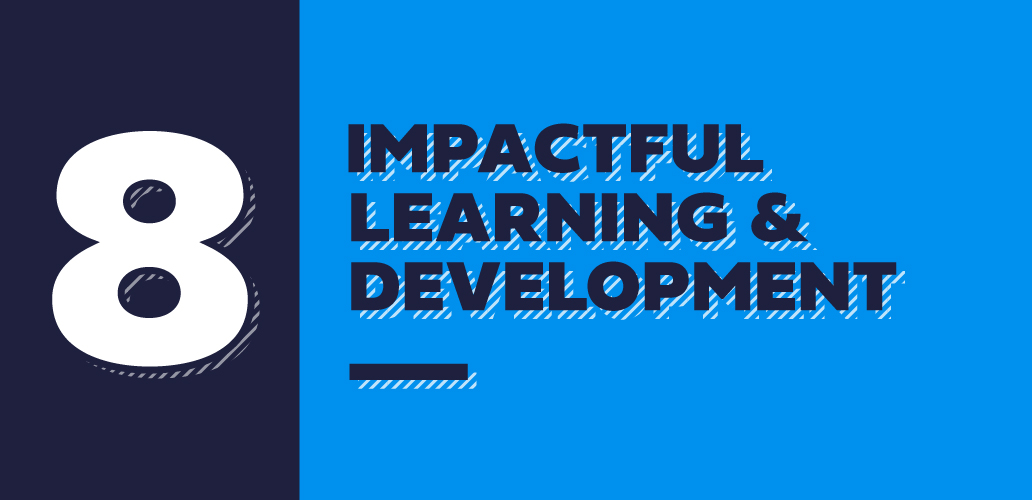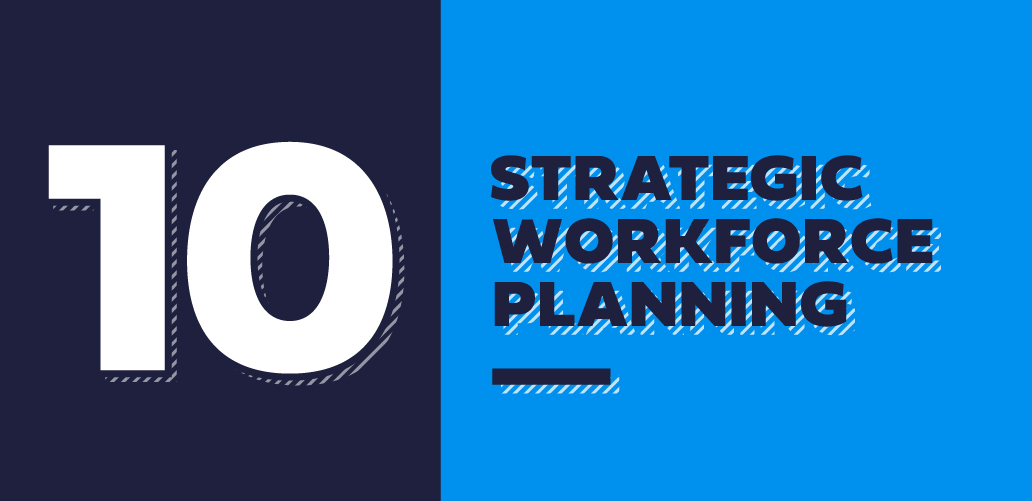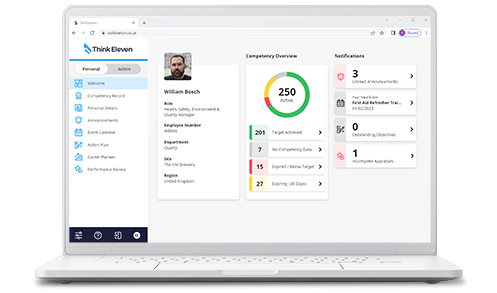We have never lived in a faster paced, uncertain and competitive world/environment. It has therefore never been more important to make sure that your organisation and people are optimised to respond to these challenges. These ten processes/solutions underpin the critical success factors of any organisation.
We have never lived in a faster paced, uncertain and competitive world/environment. It has therefore never been more important to make sure that your organisation and people are optimised to respond to these challenges.
These ten processes/solutions underpin the critical success factors of any organisation.
Do not leave it to luck or fate, make sure you have considered and clarified the scope and standards of performance and capability for your organisation.
The best way to achieve this is to create your organisational Competency Framework. This is not your typical skills matrix, training plan or training records, it is much broader, deeper and more purposeful.
The illustration below provides an example of the scope you ought to consider, although this is not exhaustive. It defines your current capabilities and should also incorporate your strategic plan and future direction.
When developing your Competency Framework, it is important to look beyond Technical Skills and capabilities and aim to define and assess attributes of the whole person (workforce).
Most importantly, your values, behaviours and your leadership and management style. These attributes define ‘HOW’ you do what you do as an organisation, i.e. your customer service, your approach to quality, waste, mistakes and so much more. They set you apart in a crowded and competitive marketplace, making you sticky with your existing customers and the ‘Go To’ organisation for others looking for the best in your market.
It is time to be different, break from convention and challenge the status quo. For example:
- The recent trend and requirement for home and/or remote working is likely to continue to a greater or lesser extent. Are you able to adjust and respond in an effective way to the ‘New Normal’?
- Some organisations have struggled to carryout inductions and onboard new employees, contractors, and subcontractors as they did not have a suitable approach for the circumstances presented by Covid-19.
- Having a broader and more inclusive approach to the range of interventions available to train, up-skill and develop your people e.g. on-the-job training, coaching, mentoring, eLearning, face-to-face etc.
- Recognising the importance of assessment i.e. the verification and validation of increased knowledge, skills and competence aligned with your defined standards.
SkillStation allows employees to access their Skills & Competency record from any connected device including the ability to access a multitude of formats and documents including:
- eLearning – your own in-house content, 3rd party or bespoke content.
- Policies & Procedures – to demonstrate understanding and compliance.
- Intranet – to access any material relevant to specific skill or compliance requirement.
- Internet – and an abundance of engaging content including TED Talks, YouTube, Audible and so much more.
The options are simply endless!
It is quite common to hear the frustration of not being able report on the training, knowledge, skills, competence, and compliance across organisations, quite often a consequence of fragmented spreadsheets, further impacted by a lack of standardisation.
SkillStation provides information at your fingertips and from any connected device.
Imagine in a few mouse clicks being able to see reports either through your personal dashboard or pre-selects covering…
- Organisational, site, department, functional, skill or individual gap analysis or training needs analysis (TNA).
- Functional/role skills matrix sorted by the most to least competent.
- Training records by individual, skill, role, department, site, and organisation.
- Records of assessment by individual, skill, role, department, site, and organisation.
- Evidence of training and competence with copies of certificates and compliance all in one easy to access system.
- Expiries and re-training and/or assessment due in the next 30, 60, 90 days and emails on the 1st of every month to notify you of this.
- How much time and money you have invested in individuals, departments, sites etc.
Being able to view and report on your organisational capability is critically important. Having the ability to report at a Group, Division, Site, Department, Role/Function, Team, and individual level quickly provides the transparency to make informed decisions and take targeted action.
Objective and evidence-based records of training and competence allow for data-driven and evidence-based decision making. No more guess work or time wasted searching for the relevant information. Management information (MI) is important when making people/resource decisions. Using SkillStation, you can quickly access and analyse the data and information you require.
With everything in one-place and standardised, you can quickly review the training, skills, compliance, competence, and performance of your people in a few mouse clicks from any connected device. This includes supporting evidence such as certificates of attendance, certificates of completion, licences, and sign-off sheets.
Having the ability to identify and understand your talent pool is vitally important in any organisation if you are going to retain and enhance your organisational performance and success. The challenge is one of doing this objectively without any human interference e.g. relationships, prejudices, conscious and unconscious bias, favouritism, length of service and many more factors affecting the objectivity and accuracy.
With SkillStation we make the process simple, data driven, and evidence-based. In a few clicks you can identify the strongest people in a:
- Role
- Department
- Site
- Organisation
You can also identify a talent pool for succession planning for any role/function e.g. at a senior level, technical expert, and functional level.
Providing employees with the ability to take ownership of their Career Development is also important. SkillStation’s Career Planner module allows employees to review performance against their current role, whilst also having the ability to review their capability and development needs across other roles within the organisation.
Line-managers and senior leaders can also use the Career Planner tool and reports to support and identify talent and look at opportunities for multi-skilling and effective data driven promotional decisions.
Once you can identify the gaps (opportunities) across your talent pool you can develop a plan comprised of the right interventions (not always training) to close the gaps in most effective way.
Training Needs Analysis (TNA)
A common term and process, but one which is often quite difficult to perform due the lack of or fragmented nature of your current records.
Action Plan
Once the gaps are identified, you need to act. Using SkillStation you can quickly create any of the following to close the gaps:
- Actions – specific to a skill or competency
- Objectives – aligned with a specific skill or competency
- Training Requirements – linked to the skill or competency
All too often we do create the above, but then fail to follow-up and ensure these are closed/completed. SkillStation allows you to report on the progress of actions and ensure that commitments are followed through.
Career Planner
Allows employees to review their current level of proficiency against their current role, whilst also allowing them to review their capability with wider roles across the organisation. Line-managers can also do this for people in their teams.
Performance Reviews
Design role-specific Performance Appraisals that are fit for purpose – one size does not fit all! Using SkillStation you can manage and report on the progress, completions and outcomes of appraisals including all of the resulting training requirements, objectives and actions linked to your Competency Framework.
There’s an abundance of evidence and research emphasising the importance and value of effectively engaging and empowering your workforce in a meaningful, genuine and authentic way. But how do you achieve this?
Your Competency Framework (not a conventional skills matrix or record of training) must be a significant part of the solution i.e. have you defined the scope of attributes important within your organisation that defines a clear standard of ‘what good looks like’? Not only from a technical perspective but measuring the whole person as illustrated in the Competency Framework.
The areas or critical success factors (CSFs) most likely to influence an engaging organisational culture are:
- Values and the underlying behaviours.
- Leadership & management qualities and capabilities.
So how effective are your values, behaviours, and approach to developing leadership and management best practice?
Think Eleven can help you to define your version of ‘what good looks like’ for these important and enabling competencies and use SkillStation to monitor and assess performance.
The key point and question to ask yourself here… is your time, effort, energy, and investment in training, learning and development transactional or transformational? Recognising that there are some things you have no choice over e.g. regulatory and legal compliance.
If your current approach resembles:
- Arranging training courses i.e. a representation of what you did/delivered last year.
- Ensuring certifications, licences and re-training dates etc. are met.
- Making sure your training budget is comparable to what you spent last year.
- Unable or unclear as to whether you receive a return on investment from your L&D budget.
- Poor records and/or evidence of increased proficiency.
…then you are probably transactional versus transformational.
Reflecting on your learning and development activity, are you able to:
- Ensure that any learning & development undertaken is aligned with your organisation strategy, aims and objectives?
- Identify and address the ‘root cause’ of any capability gaps?
- Choose the optimum intervention and not just default to conventional training?
- Assess and evidence the increased level of proficiency and competence?
- Identify and measure a return of investment (ROI) from the up-skilling activity?
In the words of Henry Ford, “If you do what you’ve always done, you’ll get what you’ve always gotten.”
It is time for change.
No matter whether it’s an audit from a customer, regulator or quality standard such as ISO9001 SkillStation will provide all of the information and evidence required at your fingertips.
We’re always looking for ways to add value beyond records of training and compliance.
We can all be guilty of falling into the trap of doing what we have always done, sometimes because we have no choice e.g. regulation, compliance and legislation or maybe because ‘business as usual’ doesn’t afford us the time to innovate. With SkillStation, not only do we tick the proverbial box to comply with regulations, but also add far more value than the conventional approach of:
- Training Records – sometimes paper copies, a spreadsheet or database, which indicate that training has taken place.
- Skills Matrices – quite often a spreadsheet, which can be difficult to standardise and extract reports at a skill, role, site or organisational level.
Working with SkillStation you can go beyond records and training and compliance by defining and assessing a much broader scope of knowledge, training, skills and competencies. More importantly you can assess and measure the application of knowledge, skills and competence, plus, the impact and value delivered.
It is time to reposition the conventional perception of training and development as a role and business process. The current value and position are often demonstrated when times get tough - one of the first things to get cut is the training & development budget. To be perfectly honest, if it is not perceived to have delivered value or impact then it should not come as a surprise to anyone.
When taken seriously and approached strategically, training & development can be far more valuable than typically perceived. After all, it is the knowledge skills and competencies of the workforce that deliver the product and/or service of any organisation. The question is, how effectively is that product/service delivered and what is the current and future capabilities required to meet today’s needs and those in the next 3 to 5-years’ time?
For any organisation regardless of sector or size, it needs to have a strategic plan, vision, and objectives to survive and thrive in an increasingly competitive and fast paced market. For the strategy to be realised it needs to be supported with a workforce and development plan to support the realisation of the defined strategy i.e. current and future state needs.
Sadly, in most cases, the workforce plan tends to be either missing or comes later in the process, when it is a critical enabler to the success of the plan. A common factor here is that HRD, L&D or T&D quite often do not have representation at board level in many organisations, or even worse, are not even asked for any input to the strategic planning process. This perceived lack of value and disconnect needs to change.
Your competency framework needs to capture the scope of your current capabilities and look forward to your future capabilities and include consideration for knowledge transfer and succession planning. SkillStation can help you identify your capability and capacity of your current state, but also help you define and illustrate the requirements of new capabilities aligned with the strategic plan. This includes the identification of age profile and the requirement for knowledge transfer and succession planning. It is also important to build scenarios into your competency framework, i.e.
- New knowledge, skills and areas of expertise
- New and emerging technologies
- New roles and the profiles of skills required to meet future needs
- Obsolescence and the need to support legacy products, services, and technologies
- New ways of developing and assessing emerging knowledge and skills that may not currently exist
There is an urgent need to stop using the rear-view mirror to manage and define organisational training & development plans and take a balanced and forward-looking approach.




